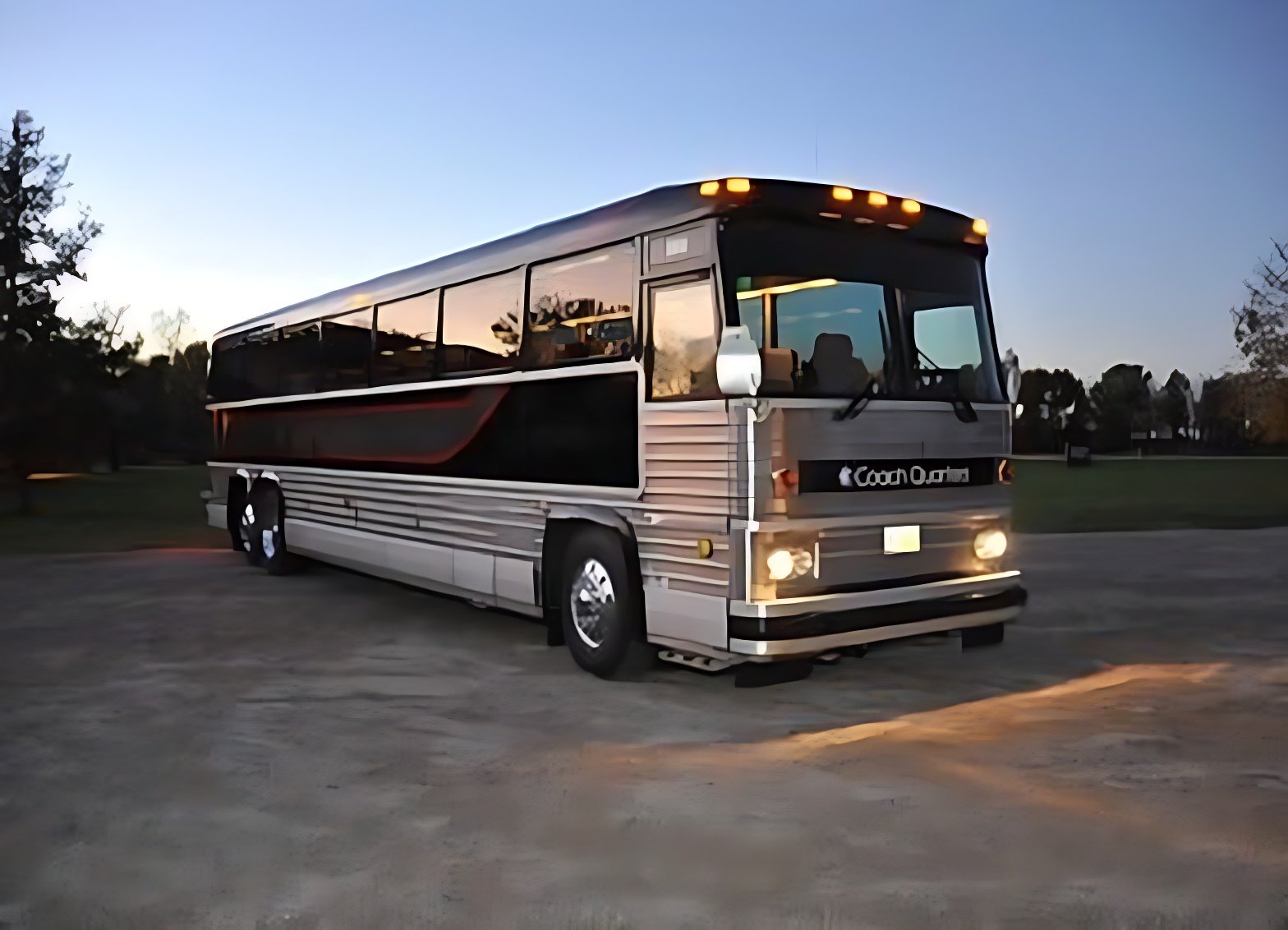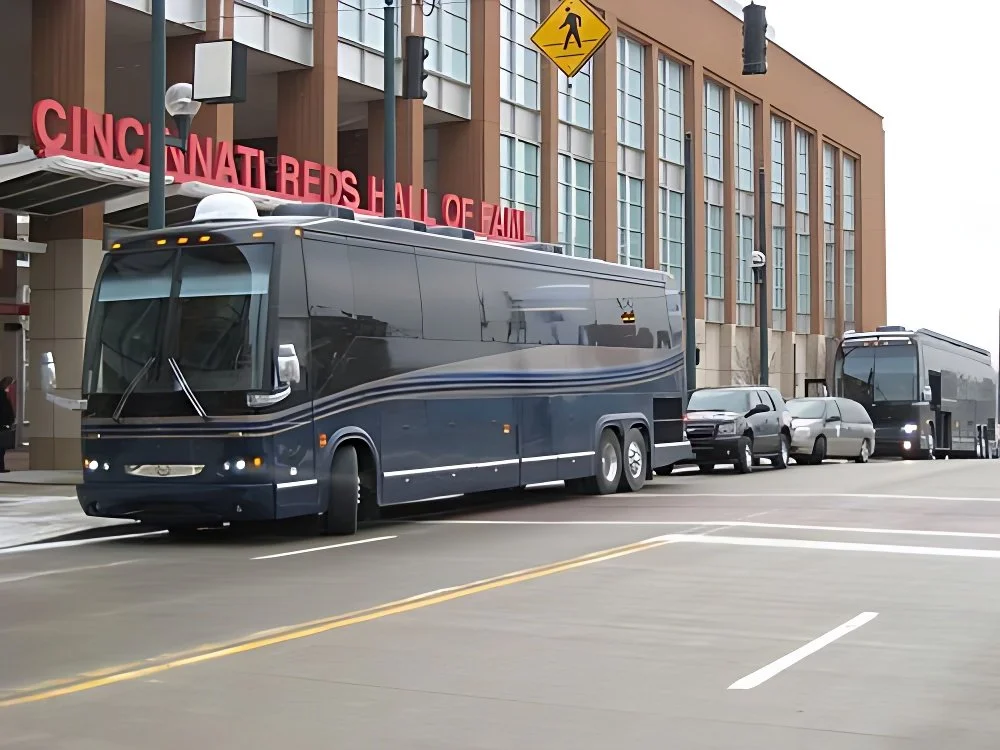The Role of the Campaign Bus in Modern Political Strategy
Campaign buses are vehicles used by politicians during elections to travel and connect with voters. These buses serve as mobile offices, allowing candidates to spread their message and engage with communities directly.
Over time, the design and technology of campaign buses have evolved. Initially simple, they now feature advanced communication tools and serve as symbols of a candidate's outreach. The evolution reflects the changing dynamics of political communication, emphasizing the importance of direct interaction and visibility in connecting with voters.
In today's politics, image and communication matter a lot. Modern political strategy focuses on connecting with people through social media, rallies, and interviews. It's like telling a story—making voters feel heard and understood. The bus is a visible symbol, creating a personal touch and making politics more accessible, fostering a sense of community and engagement.
Historical Perspective
Early use of campaign buses
Campaign buses have been used since the early 20th century. In 1948, Harry Truman's "Whistle Stop Tour" employed a train as a mobile platform.
Later, in the 1980s, Ronald Reagan's bus tours set a trend. These early uses emphasized personal connection, enabling candidates to reach voters directly and convey their messages.
Iconic moments in campaign bus history
✓ One iconic moment is John F. Kennedy's 1960 campaign, where his bus, the "Caroline," traveled through key states, showcasing a new era of political campaigning.
✓ Additionally, Bill Clinton's 1992 bus tour helped him connect with voters, emphasizing his "Man from Hope" narrative. These moments highlighted the power of campaign buses in shaping political narratives.
Rolling Power: The Pivotal Role of Campaign Buses in Modern Political Strategies
Mobile Campaign Headquarters
Campaign buses serve as mobile campaign headquarters, providing a central hub on wheels. They enable candidates to strategize, plan, and communicate while on the move, enhancing efficiency. This mobile setup fosters quick decision-making, facilitates media interactions, and symbolizes a dynamic campaign, reinforcing a candidate's presence across diverse locations.
Face-to-Face Voter Interaction
By taking candidates directly to communities, these buses enable personal connections. Candidates can engage in direct conversations, understand local concerns, and build trust. This direct interaction fosters a more relatable image, making politics more people-centric and responsive to voters' needs.
Branding and Visual Impact
Campaign buses are powerful tools for branding and visual impact. Adorned with candidate logos and slogans, these rolling billboards create a strong visual presence, reinforcing brand identity. The striking appearance of a campaign bus leaves a lasting impression, enhancing recognition and contributing to the overall visual narrative of the candidate's campaign.
Social Media Amplification
Campaign buses serve as mobile content hubs, amplifying a candidate's presence on social media. Live updates, behind-the-scenes footage, and interactions with voters can be shared in real time, enhancing the campaign's online visibility. This synergy between on-the-ground activities and social media helps reach a broader audience and engage voters digitally.
Strategic Route Planning
Strategic route planning is vital for campaign buses. It involves mapping a course through key regions to maximize exposure and engage target demographics. This intentional navigation ensures candidates reach areas with significant voter impact, optimizing the effectiveness of the campaign bus as a mobile platform for connection and messaging.
Symbol of Accessibility
Physically bringing candidates to various communities breaks down barriers and makes political figures more approachable. This tangible presence emphasizes a commitment to reaching all citizens, fostering a sense of inclusivity and making the democratic process more accessible to everyone.
Media Coverage Magnet
Campaign buses act as media coverage magnets, attracting attention wherever they go. The distinctive visuals and the dynamic nature of on-the-road campaigning make them newsworthy. Journalists often cover the bus tours, providing candidates with valuable media exposure, reinforcing their messages, and ensuring the campaign reaches a broader audience through news outlets and online platforms.
Technology Integration
Campaign buses are integrating technology for enhanced communication and outreach. With advanced audio-visual systems, live streaming capabilities, and interactive displays, these buses enable real-time engagement with voters. Social media updates, virtual town halls, and digital interactions amplify the technological reach, ensuring a modern and dynamic campaign experience.
Real-time Communication Hub
Campaign buses are real-time communication hubs equipped with technology that facilitates instant connectivity. This allows candidates to respond swiftly to unfolding events, engage with supporters through live updates, and address emerging issues promptly. The bus becomes a mobile nerve center, ensuring effective and timely communication throughout the campaign.
Community Engagement Hub
Campaign buses function as community engagement hubs, bringing candidates directly to neighborhoods. By hosting town halls, meet-and-greets, and local events, these mobile hubs facilitate chances for significant engagements and interactions. By fostering direct connections, candidates can understand community concerns, share their vision, and build a sense of shared purpose, making politics more community-centric.
Future of Campaign Buses
Emerging trends and innovations in campaign buses include -
✓ Eco-friendly models incorporating sustainable technologies to align with environmental concerns.
✓ Advanced data analytics help strategize routes for optimal impact.
✓ Additionally, augmented reality (AR) and virtual reality (VR) experiences on board enhance voter engagement, offering immersive interactions.
✓ Integration of mobile app connectivity, allowing voters to track the campaign bus in real-time, receive updates, and participate in virtual events.
✓ Smart interior designs with multifunctional spaces accommodate diverse campaign activities, from meetings to media interviews.
✓ Autonomous driving features may streamline logistics, making campaign buses more efficient and reducing the need for a dedicated driver, reflecting the ongoing technological evolution in political campaigning.
These innovations showcase a commitment to environmental sustainability and cutting-edge campaign communication strategies.
Final Thoughts
The evolution of campaign buses reflects a dynamic intersection of technology, sustainability, and strategic communication.
As campaign buses continue to evolve, they not only symbolize political accessibility but also serve as showcases for cutting-edge trends, shaping the future landscape of political outreach.
Cruise to Victory: Elevate Your Campaign with Premier Coach Rentals!
Unleash the power of your political campaign with top-notch coach rental services! Elevate your outreach, connect with voters, and traverse the campaign trail seamlessly. Rent your campaign bus today at https://coachquarters.com/ and drive your message home!




